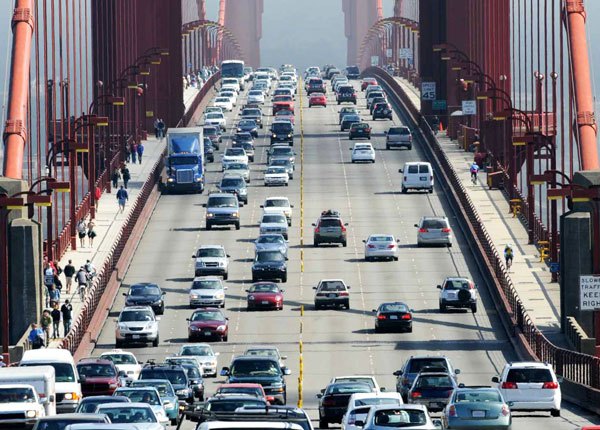
Driving in Heavy Traffic Like A Pro: Navigating Busy Roads & Intersections
Updated Aug. 14, 2020Heavy traffic is a major contributing factor to many complex risk environments, such as limited access highways, urban areas, complex intersections and multi-lane roads. When sharing the roadway with a large volume of other motorists, drivers must be able to multitask. While monitoring the area around your vehicle, you will also need to scan the road ahead, position your vehicle appropriately, maintain a safe speed and ensure you are in the correct lane.
Splitting your attention between these many different tasks is not easy, especially when there are so many distracting sights and sounds around your vehicle. It can also be a challenge to determine who has the right-of-way in heavy traffic. Learning to drive defensively is the key to staying safe in a complex risk environment when many other vehicles are on the road. You must remain alert and stay “one step ahead” of potential dangers. Even very minor errors can have serious consequences on a busy street.
Traffic at intersections
Navigating intersections is extremely challenging for new drivers – particularly during heavy traffic. Every new intersection you encounter will have a unique set of complex risks. Within a few moments, as you approach an intersection, you must determine whether it is controlled or uncontrolled, whether you must yield or stop, which signs and signals are present and which lane you must be in. It can be easy to get distracted and make mistakes when there are many other road users attempting to navigate the intersection at the same time.
Here, we discuss the tactics you must employ to safely drive through an intersection with heavy traffic without breaking driving rules, getting into conflict with other drivers or being involved in a collision. As the statistics in this module will demonstrate, the risk of such events occurring at an intersection is worryingly high!
Driving on multi-lane roadways
Heavy traffic can be difficult to manage on a two-lane street, what about when multiple lanes are present? Diving on a congested multi-lane road is perhaps one of the most complex risk environments there is. In this situation, motorists must often contend with tightly packed vehicles moving to their front, rear and on both sides.
Avoiding conflict on a busy, multi-lane road demands continuous adjustments in speed and lane position, to maintain space around your vehicle and keep the flow of traffic moving. This will take a great deal of concentration, but you must still have some mental energy left over to monitor road conditions up ahead, check for lane blockages and prepare for an approaching turn-off. There is a lot to consider - all of which we explore in our “Heavy Traffic on Multi-lane Roadways” module.
Turns on multi-lane roads
It is easy to get confused about which lane you should use when turning from one multi-lane road onto another. Where you begin a turn will depend on whether you need to turn left or right and if any dedicated turn lanes or relevant signals are present at the intersection. These considerations are discussed in detail, in this section.
In terms of which lane you should end up in having completed a turn on a multi-lane roadway, the rules are surprisingly simple to grasp. Drivers must never attempt to change lanes during an intersection and must always aim for the lane which corresponds to the one they began in. Do not worry if you are still feeling a little mixed-up, as this issue is explained fully in the final module of this section. We also discuss turning left on a multi-lane road, which poses additional risks as motorists must pass across lanes of opposing traffic.




